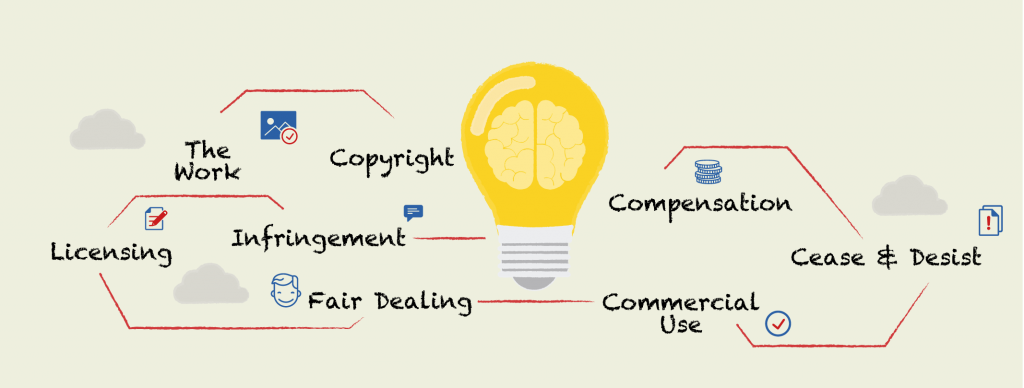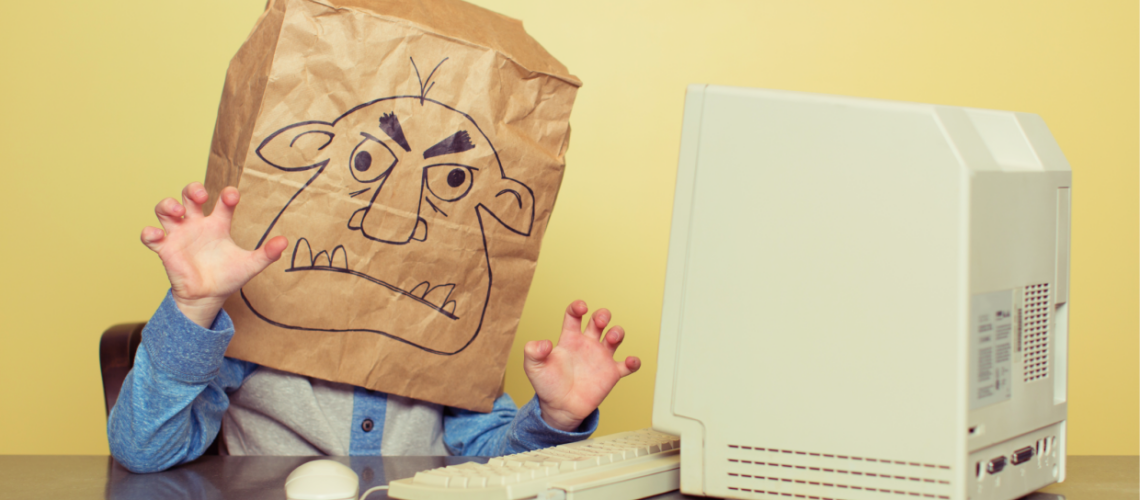Due to a growth both in photographers, and image theft in the last decade owing primarily to technological advancements, more and more of us have the expectation to know everything when it comes to image law and our rights. Understanding copyright terminology, however, is key to protecting your rights. To battle image theft and to help clue up all kinds of photographers on their rights, let’s talk about the basic copyright legal terms of UK copyright that you need to be aware of.
The Work
According to the UK Copyright, Designs and Patents Act 1988, “the work” put simply is the created product. As photographers, the works we refer to is the image. However, in order to protect the work it has to be produced, you can’t copyright an idea. So, you might have the best idea for a photo, but until you create it, no copyright can be applied.
Copyright
Copyright is a legal right created by the law of a country that grants the creator of an original work exclusive rights for its use and distribution.In the UK image copyright lasts the lifetime of the creator plus 70 years. After this a work loses its copyright and can be used by anyone. For example Nicéphore Niépce’s View from the Window at Le Gras, which is was taken in 1826 and is claimed to be the first photo ever taken, could theoretically be used in any way, as the copyright has expired.
Copyright can be split in to two, Economic Right and Moral Right:
Economic Right
The economic right entitles you to make money for your work. You can allow or deny people the right to copy, rent, display, or make adaptions of your work. Whenever you see your image appearing online without your permission, that image user has caused infringement upon your economic rights. The right to broadcast to the public is also a part of the economic right, and that includes sharing work on the internet. You can give or sell economic rights to anyone at any time.
Moral Right
The moral right exclusively belongs to the creator of the work that can never be sold or given up. The major two moral rights are the right of attribution, which means you have to be named as the creator. The second part to moral rights is the right of integrity. In other words, you always have right to prevent or ban the use or manipulation of your work that could defame you in anyway.
Infringement
Hopefully you shouldn’t have too much to do with this word. An infringement occurs whenever someone breaks the terms of your copyright. Online this often occurs when users share your images without your permission. Due to the availability of content online image infringement often occurs without the image rights abuser not knowing they’ve done something wrong. When your rights have been abused you are entitled to claim compensation.

Licensing
As a copyright owner, it is for you to decide whether and how to license the use of your work. Licenses can be limited in time or any other way. You need to pay attention when drawing up your licenses as they could seriously affect the value of your work.
Exclusive
If you sell the exclusive rights of the image the licensee has the sole right to your work. This enables them to use the image in any way defined in the license to the exclusion of anyone else, including you the copyright owner. So, if you sell an image exclusively to a magazine or a newspaper you are unable to resell that photo to anyone else without breaching the terms of your license agreement.
Non-exclusive
When someone buys your work non-exclusively it means he or she can use your work. At the same time, however, you still hold the right to sell the work to others.
Period of Use
It is a common misconception that licenses are valid forever. You decide how long someone can use your image. When creating a license, you can state if your image can be used from anywhere between one second or eternity.
Right of Distribution
The right holders determine how their works can and cannot be distributed. To be more precise, you can outline in your contract which form of publication (online or print) you prefer for your images. In addition, the right of distribution defines where you want your work to appear e.g. in the UK, or everywhere else but the UK.
Fair Dealing
Fair dealing is the only exception in the UK Copyright Act where permission is not needed to use work. Fair dealing is only valid for the purpose of research, private study, education, satire, parody, criticism, review or news reporting, provided that what you do with the work is ‘fair’. If the worked is used for criticism, review or news reporting you have to source the copyright creator. This allows films and movie reviews to exists, and for created works to be discussed and debated.
Compensation
Whenever your rights are infringed upon you are entitled to compensation. Compensation is a decided amount of money to settle the image theft claim often out of court. The amount has to be reasonable and proportionate to the infringement committed. Compensation is calculated by working out the profit you lost because of the infringement. So, if you usually sold the online use of your work for £100, anybody who stole your image would have to pay that fee. You would have to prove that you received that much in the past for your work. Also, if one website stole three different images, they would have to compensate you for every single image.
Cease & Desist
Put simply a cease and desist letter is a legal written notification telling someone to stop using your work. However, cease and desists letters don’t secure you any money, just inhibit further use. Creating a cease and desist letter is easy. You need to state your rights, outline the infringement, and your intentions for further legal action. Ensure that your letter is convincing and legally correct in order for it to have an impactful outcome.
Commercial Use
This is something that can be tricky to define. A commercial use is whenever your image is used for financial gain. It might sound obvious but it can be confusing. Let’s say someone uses your image on their personal blog, that is considered a non-commercial use. But what if that blog is related to a company, it is still a blog, but now they are generating potential customers, and therefore making money from it. To help make sense of commercial use just ask yourself, “did this person make money from using my image directly or indirectly?” If you can answer yes, then it’s mostly likely commercial use.
These terms are just the beginning of understanding image law UK copyright. It’s key to note that as a photographer you automatically possess rights and that these can be legally enforced.
© COPYTRACK | Jonathan Appleby

